“Instructions for Living a life: Pay attention. Be astonished. Tell about it.” Mary Oliver
When I used to go to church, our minister opened each sermon with a prayer that began: “Startle us, oh Lord!” It was a prayer for something greater to be stirred in our souls, an entreaty – Please startle us. Wake us up! It was as though he was voicing the cry of my own heart: a call to be surprised, to be moved, to apprehend that which we could not previously see. And he wanted it too. His words gave voice to something both old and alive in me; a yearning to feel a connection to something greater and vast – a moment of wonder and awe.
I suppose the great trick is recognizing that wonder and awe might be available to us if we could just wake up to them, but I was far from that place as this story begins. In fact, I was a bit of a mess. Rocked by the death of my mother and blind-sided by other changes and losses, an old interloper, anxiety, had returned, gripping me in its familiar fist. At some point most days, little currents of tension would course through my thighs and upper arms, like a tuning fork vibrating inside my limbs. I’d find myself in deep trances, frozen, staring off at nothing, while my thoughts pitched and whirled, briefly landing then taking off again.
We were a few months into the pandemic when my husband and I joined the urban exodus and moved to our cottage tucked into the Critical Dunes Habitat of southwestern Michigan, a landscape of deep ravines, towering forested dunes, and coyote trails skirting the edge of Lake Michigan. Just two hours from Chicago, we landed in a little slice of wild.
Maybe the first stirrings of my eventual awakening came one afternoon when I happened to lift my eyes from a book as an eagle appeared just feet from a long expanse of windows and I watched in one slow, continuous pan as it circled the house. I was accustomed to distant eagle sightings but this one startled me in its force and proximity. I felt that pull, that leap in the chest, followed by a focused stillness, as I drank in the image of its elegant white cloaked head, one dark eye and the corn-colored beak extending towards whatever lay ahead. He banked around the house. And then he was gone. I sat, astonished, awed.
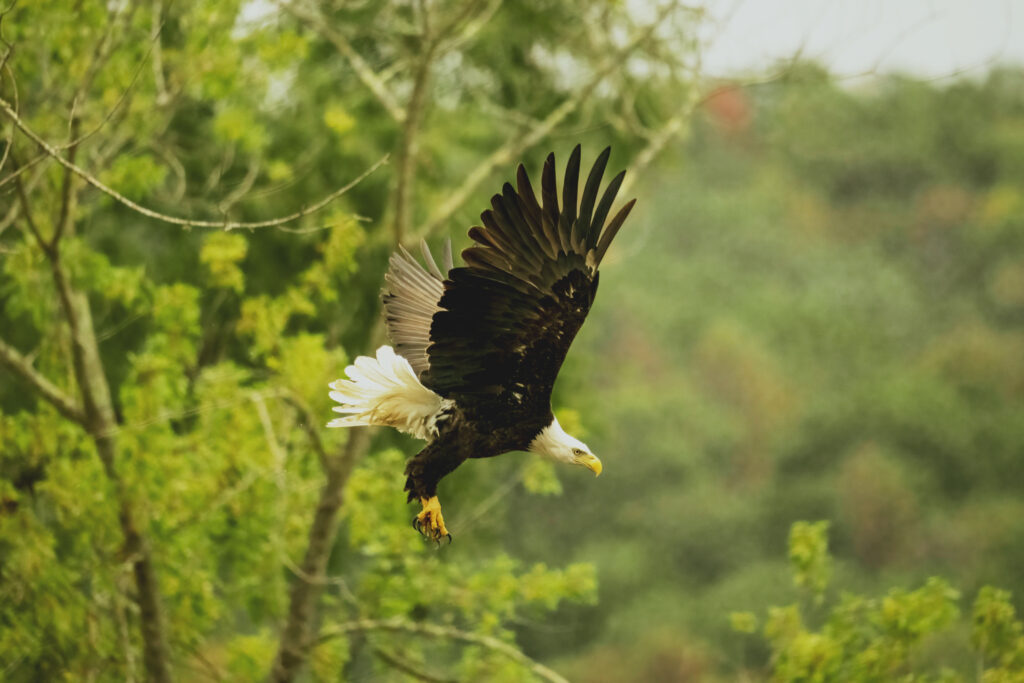
Or maybe it was the day when my husband and I, hiking in the white pine forest of the North Woods, came upon a dead bald eagle, lying in a pool of sunlight on a bed of still-green November clover. The sinewy reptilian feet drew my eye, the long black talons now resting, limp and impotent. The bird lay on its back, its wings splayed around it like a partially opened cape, its white head tucked against its wing. The ants had taken to its eyes and swarmed the hollow sockets, but no predator had touched this bird. I imagined a sort of Disney animal-kingdom moment in which the foxes and coyotes all bowed in unison before its magnificence while the blue birds sprinkled pine needles. Reverent.
I am not a birder. But during the sequestered years of the pandemic, eagles came to me — sometimes at me – and the more I saw them the more I wanted to seek them out. They drew me out of the house at a time when I felt sapped by loss and change, dazzling me with a new found sense of wonder, allaying my anxiety. But with their majesty came their brutality and as I came closer to their predatory violence, they unearthed in me an anger and fury long sequestered from myself and others. I seemed to need the eagles, to need the focused stillness that came over me when I spotted them. They became a sort of addiction, as though, if I could find one each day, I might also find something new in myself.
For me, the image of the dead eagle became a metaphor for loss during the Covid years. Less Disney, more brutal. In week three of the pandemic, I watched my mother die through the pixilated screen of FaceTime, beamed to me by a hospice worker halfway across the country. Always determined to maintain her agency, my mother called to tell me that she had decided to hasten her on-coming death. Three weeks before the pandemic, she entered hospice care, preparing to die with her children around her. Instead, she found herself isolated from us all and chose to stop eating. In seven days, she was dead. Each terrible day I wailed and rode the waves of helplessness as my mother withered. I was caged, unable to do the very thing that I, the only daughter, had promised to do: be with her at the end. My inability to get to her, to make things better, leveled me.
There were also losses among the living. I grew up in a family that gathered around tables. We shared our joys and sorrows, we suffered messes and misunderstandings, and we always returned to the table. A few times each year, parents and grandparents carved turkeys, steamed lobsters, and played games. And we talked. Sometimes we danced. This was the vision of family that I carried with me as my husband and I created our own family: we would gather. As our children scattered and started their families, sometimes we did. But even before Covid, there were empty seats at most holidays. Visits were few and fleeting. Was something broken or re-shaping? I did not know. Nothing had prepared me for the impact of this change, for the slow accretion of sorrows around incomplete gatherings.
In these years of grief and loss, I was also retiring from a psychotherapy practice that I deeply enjoyed. In her book The Inner Work of Age, Connie Zweig points to the upheaval and potential that this new phase of life entails, describing it as a move from “role to soul,” when, as women, our many roles as daughters, mothers, spouses and professionals shift, creating the time and space for something more soulful or spiritual to unfold. I thought I was ready for this new phase, but the pandemic, these losses, left me reeling. And so, I reached for the Buddhists and Mary Oliver, twin guides for looking inside and looking outside to find peace and to find oneself. I wanted a spiritual practice and I wanted to see more eagles.
Most days during those two long years, I retreated to an unused bedroom, turned a small arm-chair to face the window and sat. My shoulders dropped. Breathing deepened. Thanks to the apps, Zoom meditation groups, and dharma talks, I got a lot of help, but, of course, the buzz of anxious worries and regrets, jet fuel for a monkey brain, pulled me off the breath and away from the peace I was seeking. As I tried, again and again, to “return” to the breath, I sought the imaginary feather we are taught to picture, lightly touching each noisy thought and letting it float away.
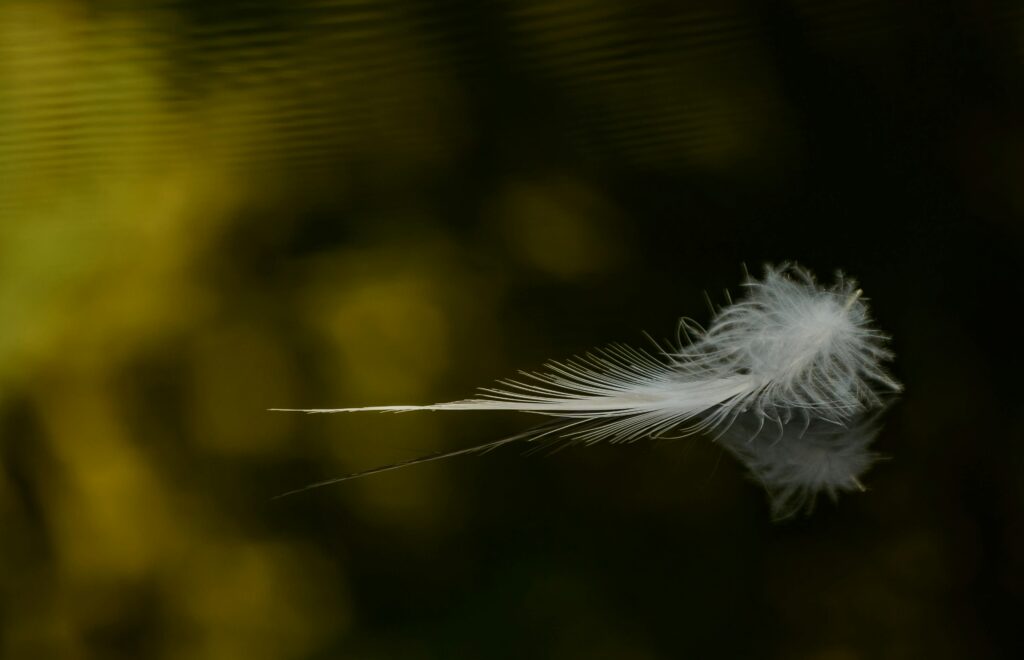
But there were so many days with so little floating. Eventually, I’d heed Mary Oliver’s words: “For me the door to the woods is the door to the temple” (Upstream). I’d tuck my pants into my socks to ward off the ticks, round up our dog, and pull the door shut behind me. The eagles gave me a mission, a destination. There was a great joy in setting out. I felt the promise of terrain to cover as I passed the enormous beech tree that clings to the edge of the dune at the top of our driveway. The tree defies gravity, its trunk cantilevered out across the sloping sands, the massive exposed roots twisting back and below it like a giant bustle disappearing into the sand. She is feminine to me. Some days, I admired her capacity to endure, her roots contorting as the elements demand, while still extending the protective canopy of her limbs; other days, I saw her vulnerability, clinging to shifting sands, precarious.
On this day, I was following the valley path that runs along the creek, my mind a jumble of preoccupations. I saw nothing the world had to offer. Suddenly, loud, stuttering, metallic squawks rose from a bend in the water and demanded my attention. I stepped cautiously onto the rusted iron bridge that crossed the creek, eyes searching the bed below, when an explosion of feathers rocketed towards me. White face, dark eyes, wings pumping, the eagle shot over my head. In an instant it was gone. I let out a gasp and then a laugh: a thousand feathers had returned me to the present moment!
Suddenly the eagles were everywhere. Early mornings and late afternoons, they swooped from the trees, soaring over the lake hunting for fish. That winter, I found their massive nest, high in the crook of a towering oak. In the spring, as the floppy white trillium pushed up through the wet leaves and the woodland ferns unfurled, I sat on top of a 200-foot dune and watched a pair of eagles mate. In the ensuing months, I stood below while they guarded their nest, fed and fledged their young. And for a few weeks, as the morning sunrise washed the lake, one eagle took to greeting the day from a white pine just outside our bedroom window. I kept wondering: What the hell is happening that I am seeing all this?
Slowly, I began to see the two threads of my journey weaving together. If meditation offered a path inside, towards that fleeting, delicious, spacious silence, the eagles offered a path outside of myself, a sort of lifting up into the silence and presence of the natural world, into a place of quiet, focused attention where body and mind also settle.
But a darker lesson was looming. On a hot summer day, I was on the beach with our dog, Gussie, and saw the large dark mass of an adolescent eagle sitting along the shoreline. It appeared to be pulling at a dead fish; its shoulders hulking over its catch. The head yanked and lifted, tearing at the flesh gripped in its talons. As I watched, the eagle suddenly stopped and turned to look straight at me, a staccato pivot of the head like a horror movie reptile. The eagle dropped its prey, lifted off from the beach and pitched sharply towards us.
It came in much lower than normal, eyes fixed. The thing about adolescent eagles is that they are larger than their parents but inexperienced and reckless hunters. They are known to go after larger prey as they learn which creatures they can successfully cart away. I felt the threat. The eagle circled. My pace quickened, as I tried to catch up with our oblivious dog, the leash flapping empty in my hand. The eagle returned, lower and directly overhead, its massive eight-foot wing span seeming already to engulf us. Suddenly, it cocked its wings so as to stop in midair. Just feet above, its head arched downward as the enormous talons dropped from its body, aiming for our dog. I could see the toes spreading and the extension of the talons as they opened.

Though only ten feet from Gussie, I couldn’t reach her. The soft sand devoured my steps as I tried to run. I screamed for her to come. Screaming again and again. But my words flew back at me in the stiff wind as she ambled on. Finally, I beat the air with the leash and disrupted the bird. It pulled up but not away.
I lunged for Gussie and reversed, pulling her towards home. The bird circled overhead, following us. We were being hunted! My adrenaline coursed as I strained for tree cover while the eagle circled and dipped. Reaching the house, I pulled the door behind me and caught a final glimpse of the eagle circling, still tracking us.
Breathless inside the door, I let out a sort of twisted sob of grief and anger. I was suddenly undone. Everything that had stacked up over these years rose like a long-building tsunami that has swept up all the debris of the ocean floor and is bearing down. Yes, I had been scared, unnerved, but with that came an outrage, a futile, spitting fury at all that I could not control: my mother ending her life without me there; the gaping absences at family gatherings; the way that all of the pieces that structure a marriage tip like dominoes when children leave and retirement happens; the chasm of confusion at the empty space that retirement opened before me. My screaming on the beach had felt wild and desperate, a futile cry against all that rendered me powerless, against all the letting-go of the familiar roles that anchor daily life. This tsunami left nothing in its wake – the deck chairs were slamming through sliding glass doors.
And there I sat, trying to register some glimmer of the Buddhist teachings about impermanence and change, about letting go of the illusions of control and releasing the tight grip on all that we wish could remain the same. I could hear the sounds of a very young voice in me: “But I love the eagles, they shouldn’t turn on me.” As though I had a claim; as though all my caring for them might change their nature; as though the Disney version should be true. It wasn’t, and I raged at them all. I might also have raged at Pema Chodron for suggesting that “nothing ever really attacks us except our own confusion.”
Well into the second year of the pandemic, the brutality of the eagles was upon me. The eagle family set up shop on a scaffolding of driftwood that someone had formed into a lean-to on a deserted section of beach. Pink clumps of dead fish and animal meat hung from several pieces of wood. Large white splatters of scat painted the sand. The carcasses of gutted fish and half eaten animals were scattered nearby, the skirmish of eagle footprints attesting to the struggles of this killing field. I stood and gazed, slack jawed, understanding the desire to rip things apart, recognizing the necessity of their brutality.
I felt monstrous, hateful, as I connected to the parts of myself that I prefer to keep hidden: the burning anger and its older cousin, rage. They simmered beneath everything. This was not a place that I had spent a lot of time in my life. I came from a family well-schooled in dodging and concealing anger. My mother once explained that anger was something to be dispensed with before bedtime — I had tried to follow suit.
My husband and close friends compassionately swam with me through these currents. They held what they could, but I had to do the rest. Deep into sleepless nights I hurled vitriol and confusion into my journals. But only when I located the volcano that lived in my body, when I used what I knew as a trauma therapist, could I be certain that there would be an end to it. After years of helping my clients to set aside their story-telling, their desire to express every thought and feeling through language, and to listen, instead to what their bodies were experiencing, I knew that I had to turn that lens on myself.
I stood in empty rooms and let my arms and legs shudder and flap in whatever ways they seemed to want, the held energy releasing like hundreds of electrical currents. Some days I pounded an enormous exercise ball until emptied, spent. As I witnessed with so many clients, when the body leads, idiosyncratic movements arise, requiring an abdication of inhibition, and an interest in unselfconscious explorations. Some days my body went to the floor, its taught chords slackening, gut releasing. Other days, there emerged the gentlest undulation of an arm, a rippling from the shoulder through elbow, wrist and fingers, like the arms of a ballerina swan. The more my body let go, the easier meditation became. Over and over, my white knuckled grip on the imagined feather released, and, very, very slowly, I accepted, raged some more, and accepted again. Peace was coming.
One windless summer day, as we began to emerge from this bubble of Covid isolation, I was on the beach when an eagle went by. I fumbled my phone to take a picture, but by the time I launched the camera app, the bird had turned into the trees. Silly me, capturing not seeing. As I put the phone away, I looked down the beach and saw, against the brilliant blue sky, a white eagle feather floating back and forth in the airless morning light, hanging in the wake of the eagle’s path. I broke into a run, a real run, arms outstretched, like a child intent on capturing a snowflake. I threw my whole being into the startling delight of the moment. I was gripped by the awesome possibility that I might catch an eagle’s feather from the sky. And I did. I cupped my palms and the fluffy tail feather floated softly into my hands. It was a wonder.
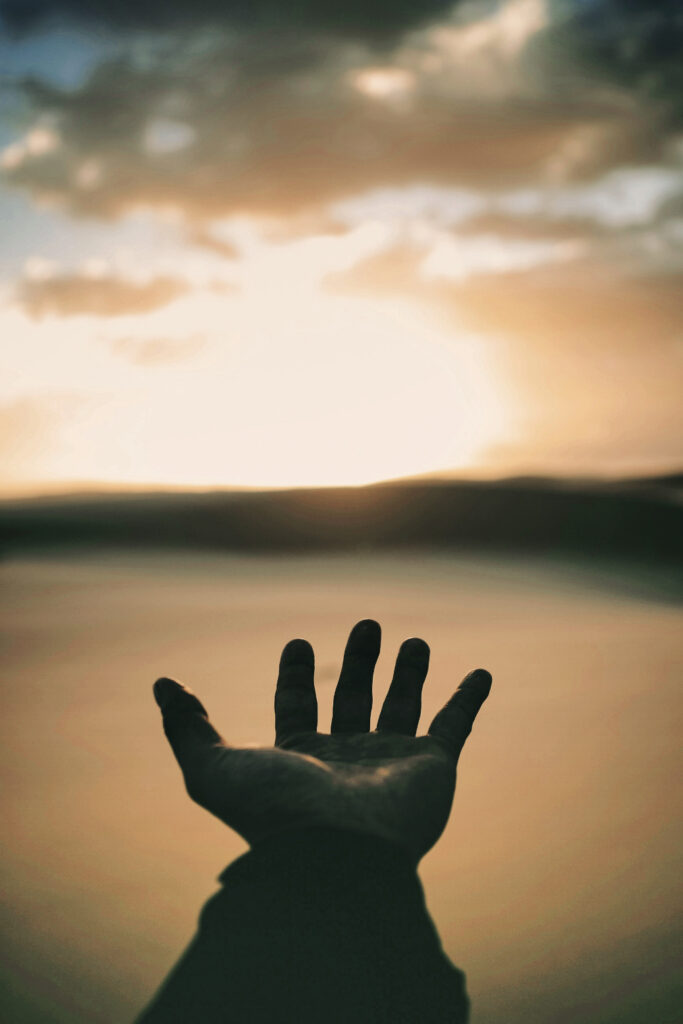


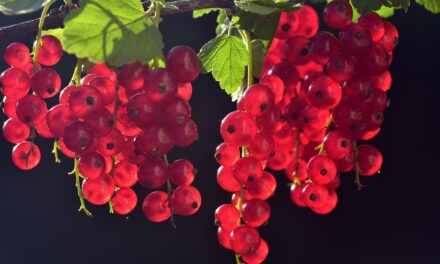
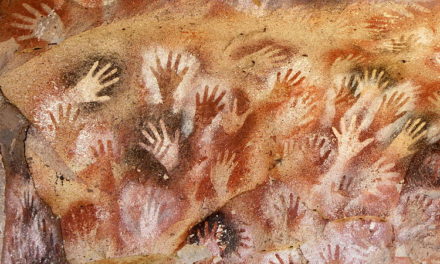
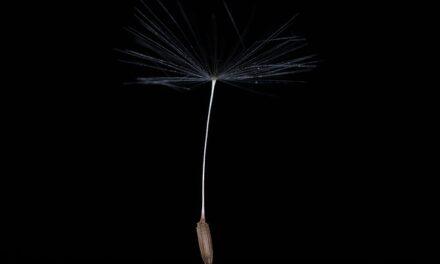
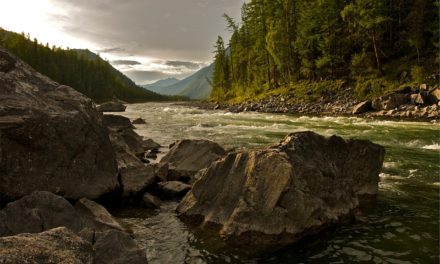

I found myself gripped in your fury and awe, recognizing my own emotions experienced over the last few years. Reading about how you let these emotions move through your body has reminded me to try that method out again, having exhausted all talk-therapy avenues at this point!
Beautifully written!
This essay startled me, stirred my soul, and moved me to more often consider the wild things around me that vividly show up in unexpected ways. And to be a keen witness to that moment.